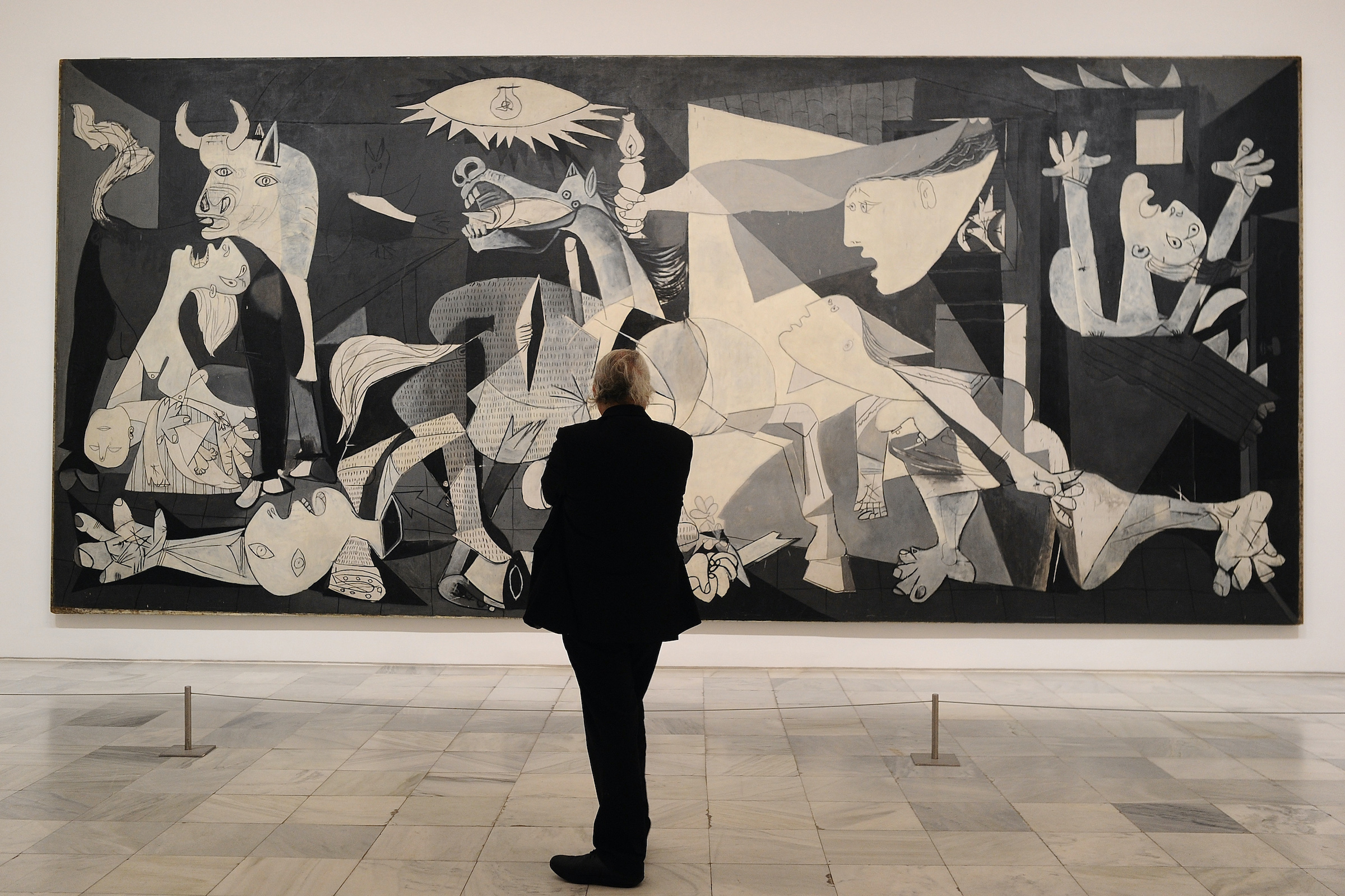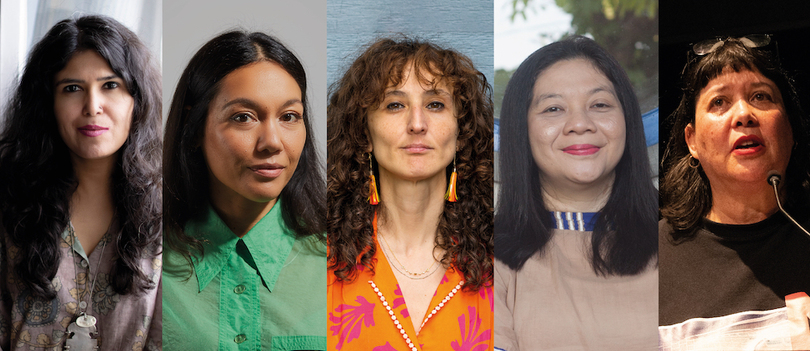Madrid’s Museo Nacional Centro de Arte Reina Sofía lifted its historic photography ban on Pablo Picasso’s anti-war painting “Guernica” (1937). The work, famous for its depictions of the traumatic horrors of the Spanish Civil War, has been continuously housed in the 20th-century art museum since 1992.
A museum spokesperson confirmed to Hyperallergic in a phone call that the institution has repealed its photography policy, which has been in place since it first acquired the work. The spokesperson added that it is “too soon” to tell how the public will respond to the rollback on image restrictions. The lift on the ban went into effect September 1, Euronews reported in August. According to the news outlet, the museum had previously prohibited photos to protect the painting from camera flashes as well as to prevent traffic jams and maintain the viewing experience for visitors.
Responding to the April 1937 bombing of the Basque city of Guernica, Picasso painted the work for the Spanish Pavilion at the International Exposition of Art and Technology in Modern Life in Paris, which took place that summer and fall. In barely a month and a half, Picasso completed the large-scale work after several modifications, in addition to at least 50 drawings and sketches, according to the museum’s interactive library, Rethinking Guernica: History and Conflict in the 20th Century, which compiles two years of extensive research on the painting and its history.









